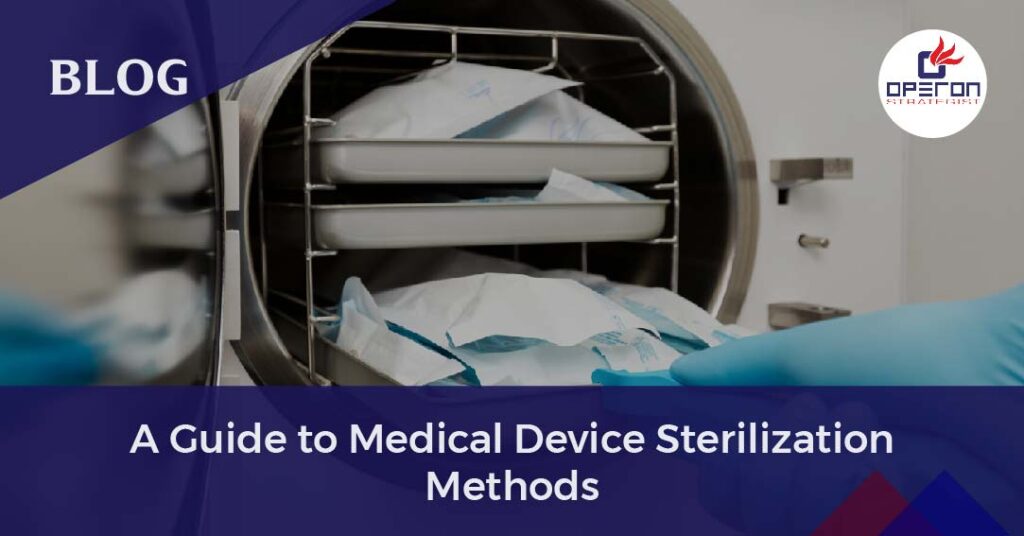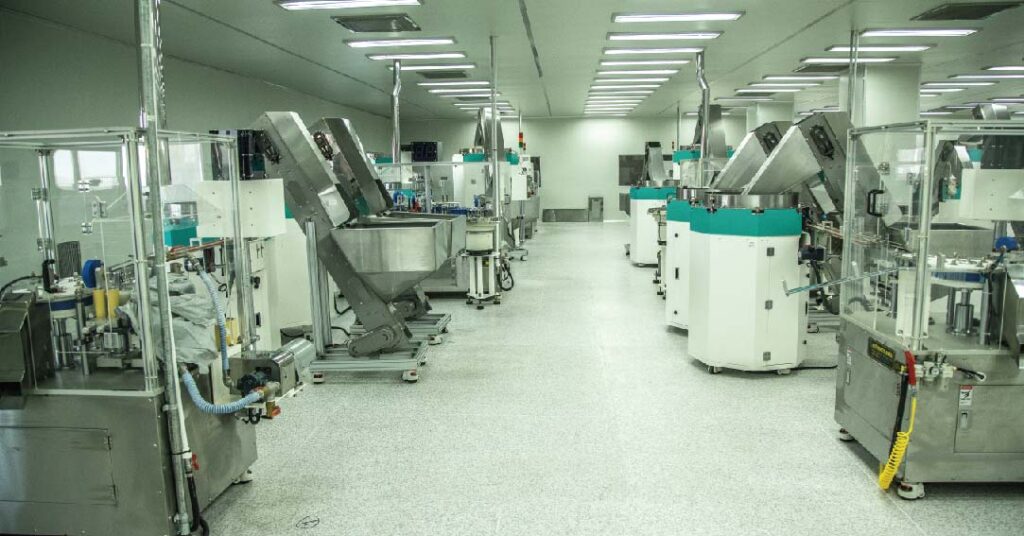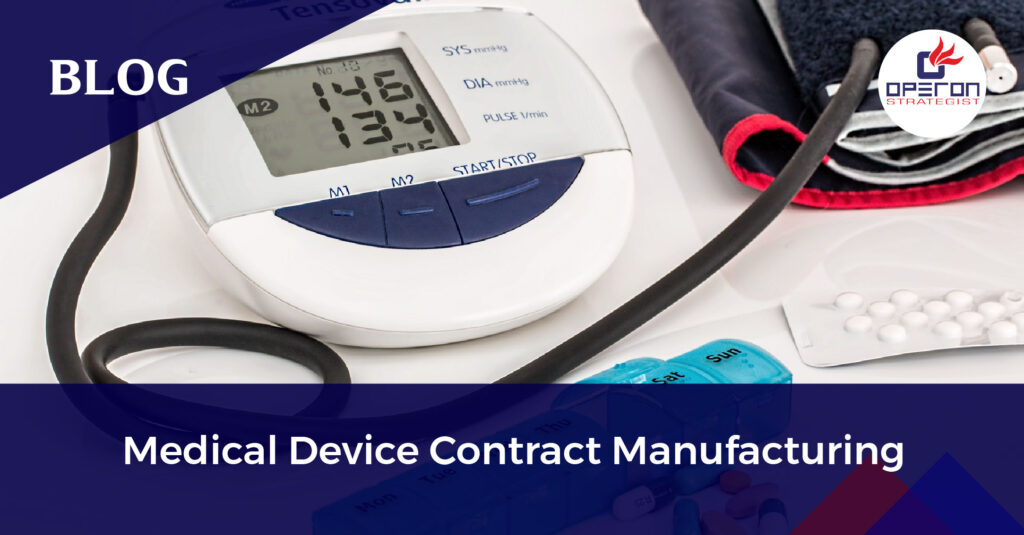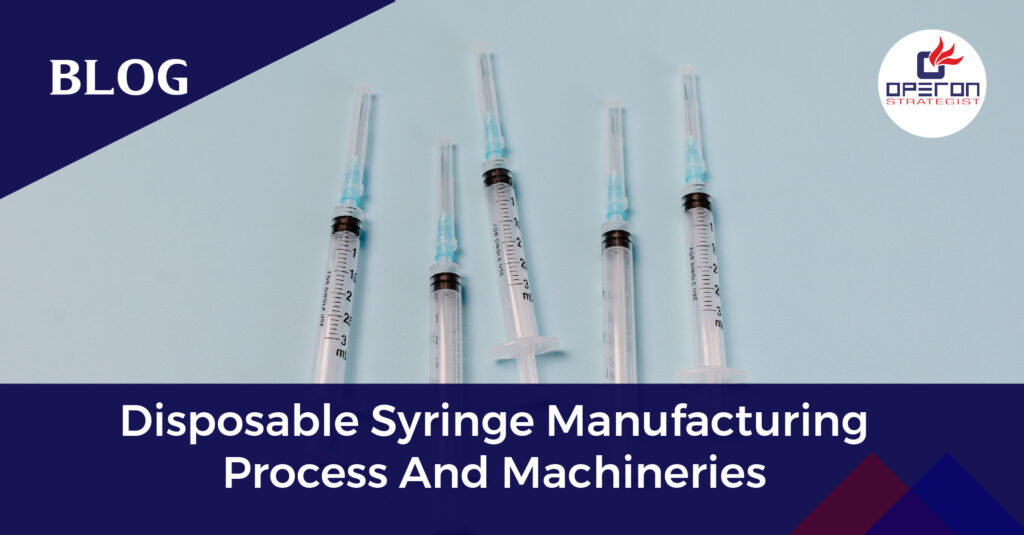When it comes to medical devices, safety and hygiene are of most importance. Ensuring that medical devices are free from harmful microorganisms and safe for patient use is crucial. This is where sterilization comes into play. In this comprehensive guide, Operon Strategist will shedding light on the various methods used to sterilize medical devices and importance of clean room in medical device sterilization.
What Is Medical Device Sterilization?
Medical device sterilization is the process of eliminating or reducing microbial contamination on medical devices to a level that ensures they are safe for use in healthcare settings. Sterilization is a critical step in the manufacturing and preparation of medical devices to prevent infection and ensure the safety of patients and healthcare professionals. Various methods are used to achieve sterilization, depending on the nature of the medical device and its intended use.
Looking for Medical Device Regulatory Consultation?
Let’s have a word about your next project
Choosing the Ideal Sterilization Technique for Your Medical Device
Selecting the right medical device sterilization method depends on its materials. Devices with biologics often need filtration sterilization. Steam sterilization is most appropriate for devices composed of stable, heat resistant materials. Ethylene oxide (EO) sterilization is implemented for medical devices that are sensitive to heat and moisture. Radiation is effective but costlier and requires radiation-resistant materials. Vapor phase sterilization can be faster than steam. Liquid sterilization is rarely used for medical devices.
Methods of Medical Device Sterilization?
Some of the Sterilization methods for medical devices include:
- Steam Sterilization: This method also known as Autoclave, uses high-temperature steam to kill microorganisms and is suitable for heat-resistant materials.
This method involves subjecting the device to pressurized saturated steam, which kills microorganisms by reducing the necessary time and temperature for protein survival. Maintaining specific temperatures in the sterilizer chamber is critical. Recommended temperatures are 250°F (121°C), 270°F (132°C), and 275°F (135°C).
- Ethylene Oxide (EtO) Gas Sterilization: EtO gas is used for heat-sensitive devices, but it can leave toxic residues in some materials.
Ethylene oxide sterilization is a chemical method favored by medical device manufacturers. Unlike heat-based methods like steam and dry heat sterilization, it can be used on a variety of materials, such as plastics and electronic components, without distorting the device’s form or function.Ethylene oxide gas, an alkaline agent, disrupts cell growth and division by reacting with DNA, proteins, and enzymes, effectively killing microorganisms. It can penetrate small spaces inside devices and sterilize those already packaged in plastic.
- Radiation Sterilization: Being a “cold” method as this does not cause significant rise in process temperature, uses ionizing radiation to destroy microorganisms and is effective for various materials.
Introduced in the 1960s, radiation gamma sterilization, using Cobalt 60 or electron beam irradiation (“E-beam”), effectively kills microorganisms with minimal temperature impact due to its tightly controlled parameter of 25 kGy.However, unlike ethylene oxide (ETO) sterilization, radiation has a notable impact on electronics and can affect certain plastics like polypropylene and polyvinyl chloride (PVC), altering their color or material integrity. Some plastic manufacturers offer radiation-resistant grades of these polymers. Overall, radiation sterilization offers a swift process ideal for single-use medical devices.
Related blog – ISO 11137-Gamma Sterilization Validation
- Filtration Sterilization: Particularly used for devices containing biologics, it involves passing the device through a sterilizing filter.
- Vapor Phase Sterilization: Similar to steam, but faster in some cases, and uses vapor-phase hydrogen peroxide or other agents.
- Liquid Sterilization: Rarely used, this method employs liquid chemical agents to sterilize medical devices.
The choice depends on the device’s materials, biocompatibility, and the desired sterility assurance level.
Importance of Clean Room in Medical Device Sterilization
Medical Device Clean rooms are essential in sterilization to control contamination, meet regulatory standards, ensure patient safety, and maintain product quality. They enhance the reliability of medical device sterilization methods and provide a consistent, controlled environment for reproducible outcomes.
Operon Strategist Will Help to Select the Proper Sterilization Methods and Sterilizer Machine Supplier Details With Reference to Medical Device Products.
Overall, summary – Sterilization is the process of removing, killing, or deactivating all forms of life. There are seven primary techniques for medical device sterilization. The choice of the best sterilization technique depends on the materials used in your device. Refer to the comparison chart in this article to determine the most suitable method for your medical device or product. If outsourcing regulatory tests, select a contract testing organization that can provide appropriate sterilization validations tailored to your specific medical device requirements.

-
Operon Strategisthttps://operonstrategist.com/author/snehal/
-
Operon Strategisthttps://operonstrategist.com/author/snehal/
-
Operon Strategisthttps://operonstrategist.com/author/snehal/
-
Operon Strategisthttps://operonstrategist.com/author/snehal/





